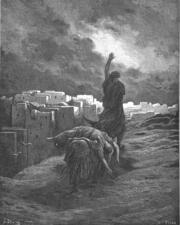Religion
Britain: Nineteenth and Twentieth Centuries
Since being allowed to resettle in 1656, Jews in Great Britain have established deep community ties throughout their diverse community. Class differences between early Sephardic settlers and the later wave of Ashkenazi immigrants gave rise to numerous Jewish charitable organizations, in which women played a key role.
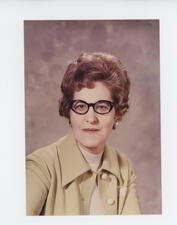
May Brodbeck
May Brodbeck, whose career in the sciences ran the gamut from teaching high school chemistry to exploring fundamental philosophical questions about the nature of human consciousness, was among the foremost American-born philosophers of science.
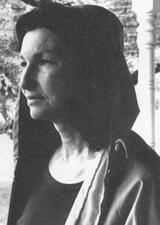
Esther M. Broner
A novelist, playwright, and ritualist, Esther M. Broner emerged on the literary scene in the early 1970s as a leading feminist writer. Her novels feature bitter, fearless, and funny characters. In other works, Broner has combined autobiography with feminist critique of Jewish tradition and created new rituals, such as her 1976 “Women’s Haggadah.”
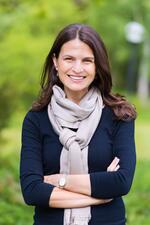
Sharon Brous
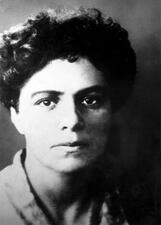
Carry Van Bruggen
Fighting the constraints of her Orthodox upbringing and expectations of her role as a wife and mother, novelist Carry van Bruggen wrote movingly of both the need for freedom and the isolation it could bring.
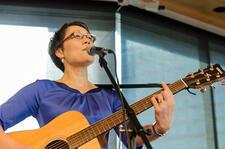
Angela Buchdahl
Angela Warnick Buchdahl is the first Asian American to be ordained as a rabbi and cantor. She is the senior rabbi of Central Synagogue in New York and is a major leader in American Judaism’s continued work on diversity, equity, inclusion, and innovation.
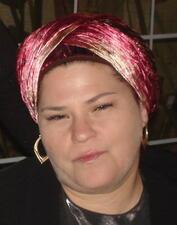
Rama Burshtein
Rama Burshtein’s films are among the most important created by a Haredi woman. Her first commercial film was shown exclusively to Haredi women, but Burshtein found the conventions of Haredi cinema poorly suited to her artistic aspirations, and her later films were aimed at the nonreligious world.
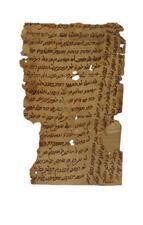
Jewish Women in the Cairo Genizah
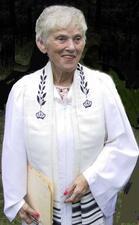
Cantors: American Jewish Women
Women’s vocal leadership in synagogue music began with zogerin (women prayer leaders) in the women’s gallery. In the nineteenth century, women began participating in mixed choral and community singing, and some opera singers acted as cantors in important Reform congregations. In the 1970s and 1980s, the Reform and Conservative movements began formally investing women as cantors, and today a plurality of cantors in liberal movements are women.
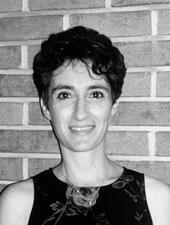
Nina Beth Cardin
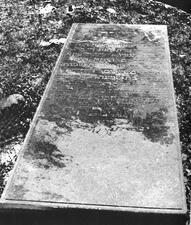
Caribbean Islands and the Guianas
Women were among the earliest settles in the Dutch and English Caribbean. Early Caribbean Jewish women, despite living in patriarchal societies, still managed to engage in public pursuits. As Caribbean Jewish communities became increasingly racially blended over time, women of color became some of the most definitive architects of distinctly Creole Caribbean Jewry.
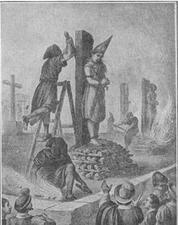
Women of the Carvajal Family
The devotion of the Carvajal women to forbidden Jewish practices helped their family become the most famous Hispano-Portuguese secret Jews of colonial Latin America. The determination of these conversas, or New Christians, to create a recognizable Jewish identity shows the importance of women to crypto-Judaism at a time when the Inquisition of Spain and its territories prosecuted this belief system as heresy.
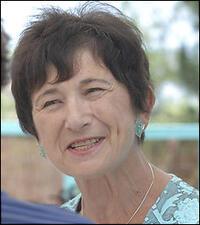
Ruth Fredman Cernea
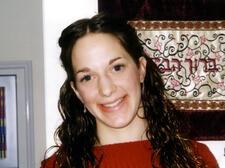
Rebecca Chernin

Phyllis Chesler

Hélène Cixous
Jewish-Algerian-French writer Hélène Cixous published her first book in 1967 and approximately her eighty-seventh in February 2021. This “life writing” comprises poetic fiction and autobiography, literary and feminist theory, art criticism, and theatrical works. Cixous explores the myriad contradictions and consequences of loss and exile, of “being Jewish” and “being a woman.”
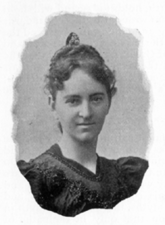
Katherine M. Cohen
Katherine M. Cohen was a sculptor and artist dedicated to advocating for equality for women in the arts. Comfortably situated in the community of Philadelphia’s Jewish elite, Cohen created many commissions for the community reflecting Jewish themes and illustrated a Jewish children’s book. Cohen made a speech at the Chicago World’s Fair advocating for the support of artists, and specifically female artists.
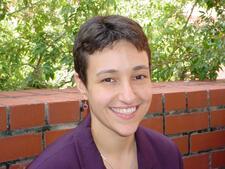
Tamara Cohen
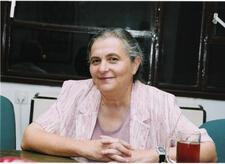
Veronika Cohen
Veronika Wolf Cohen has shaped Israeli minds in two very different ways, by developing national music curricula and by leading innovative Israeli-Palestinian dialogue groups.
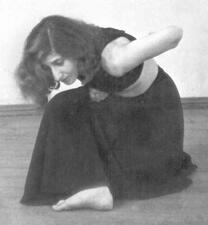
Yardena Cohen
Incorporating biblical themes and Sephardic music into her dances, Yardena Cohen helped create a uniquely Israeli artistic culture. Cohen opened her Haifa dance studio in 1933 and maintained it for some seventy years, stressing creative dance. She continued to teach well into her nineties and in 2010 was awarded the Israel Prize for Lifetime Achievement.
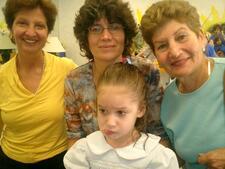
Dianne Cohler-Esses
Colonial Entrepreneurs: A Quartet of Jewish Women
Esther Pinheiro, Esther Brown, Rachel Luis, and Simja De Torres were widows, each held property, and each was at one time or another a merchant. Although they have been overlooked by history, written records that document their activities demonstrate the lives of well-off colonial Jewish women.
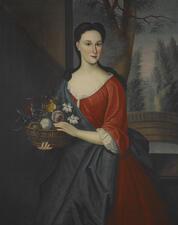
Colonial Period in the United States
Jewish women in colonial America led varied lives, with some occupying traditional roles as mothers and wives and others remaining single. Some ran their own businesses and others worked as servants for Jews with more money. Both in and out of the synagogue, women played a crucial role in early American Jewish communities.
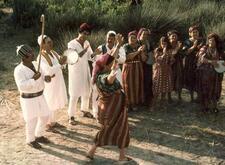
Community Dance Practices in the Yishuv and Israel: 1900-2000
